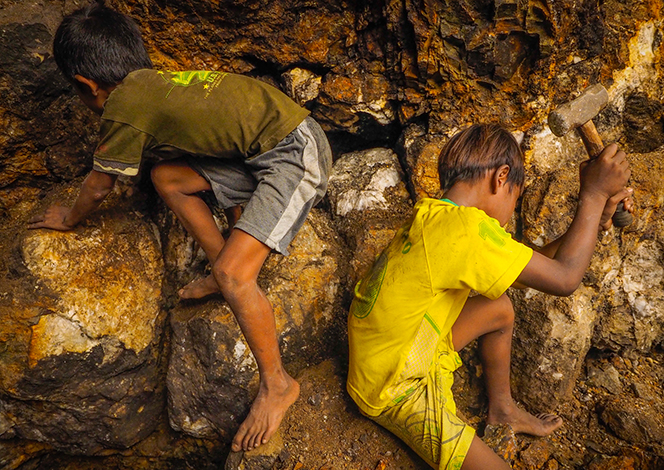Philippines rank 5th in Asia’s gold production industry

The Philippines ranked fifth on the list of top gold-producing countries in Asia. China led this list, after its gold production rose from 12 tons in 2005 to 397 tons in 2013.
In an article recently published by the Philippine Daily Inquirer, China became the top producer of gold in 2012. Indonesia – the largest archipelago and home to the largest gold mine in the world, Grasberg Mine – followed China on the list, producing 134.3 metric tons of gold in 2015.
Uzbekistan, Kazakhstan, Philippines, and Mongolia followed, joining the 6 Asian countries that produce 91% of the metal in the continent.
India’s contribution when it comes to the production of gold is insignificant (0.5%), despite being the world’s biggest buyer of gold.
Mine production, according to the survey, increased by just 1% in 2015, with gains from Indonesia and United States, overweighing the losses, especially in China. This represents the seventh successful year of increasing mine supply.
Source: Philippine Daily Inquirer
Photo was taken from Google Images.













